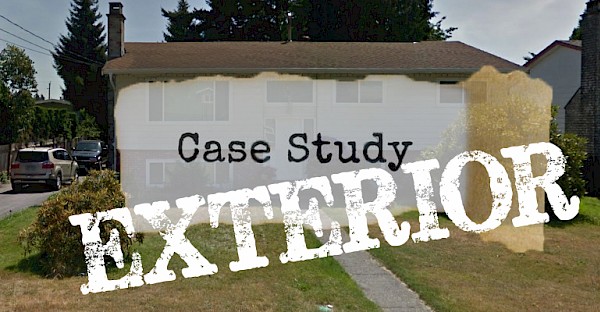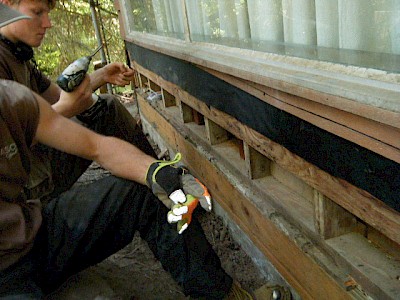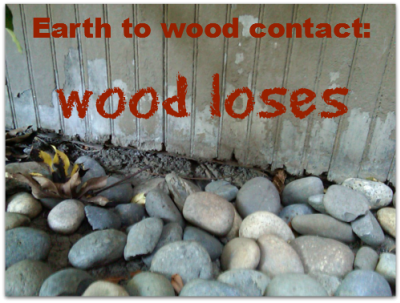Attending a Lower Mainland Home Inspection - Case study

People often ask me why they have to attend a home inspection with me, instead of waiting for the report.
I’ve been an inspector for over 27 years now, all over the Lower Mainland — from all over Vancouver and as far east as Hope, and I’ve never had a client tell me after accompanying me on the inspection say, “this was a waste of my time”
More often than not, they’ve learned many things they were unprepared for, and are relieved that they have answers and understand the importance of ongoing maintenance and proper repair.
Here’s a typical case study of a home inspection that I’ve completed with a client on site.
We’re going to cover many aspects of the home, using examples from many inspections I’ve done over the years, including solutions.
The house we’ll be inspecting over the next week or so, is a three bedroom two bathroom home built in 1969, in North Delta.
It’s springtime, and a clear day, when the clients, a young couple, Bruce and Heather, are buying their first single family home and they arrive. They’ve owned a townhouse in Surrey, and now have a family. Bruce is an accountant, and Heather is a stay at home mom. Five years ago, I inspected their first home — a townhouse with them, and they were pleased with that inspection. Now, we’re going to look at their new purchase.
The first thing we do, is stand outside of the Delta home.
What are we looking for?
From the road we could see flower beds and some established hedges burying the exterior of the house. On closer evaluation, we discover the exterior wood siding, sill plate, and structure decayed, causing one corner of the house to settle.
I tell Bruce that what we need to see is 200mm (8 inches) of concrete foundation exposed — everywhere around the perimeter of the home.
Grade clearance should be 200mm from the concrete foundation to the wood siding. The soil that has built up against the wood has caused decay over the years. It’s a common problem, but can be reasonably serious if not remedied.
“But I love those plantings, Heather remarked. “It’s got great curb appeal. “
I tell Heather that you can have plantings around the home, but you need to take a few things into consideration. Giving yourself a couple of feet away from the foundation, using plantings that don’t have aggressive root systems, and removing the plants that could harm the foundation or bring moisture into the exterior wood.
Depending on what we find next, we might have to change the landscaping to provide an exterior that will last for decades.
Solutions?
There’s a warning flag here… We might need to have some further evaluation, removing the earth, and starting a destructive inspection to determine the extent of damage. It’s also an opportunity to make sure that the drainage field around the house is in good shape. It’s just one part of the big picture, but an important one.
There will be a few clues that will lead us to the answer about the viability of the drainage field.
A cool, damp basement; musty smells; and mold or mildew on the walls are all indications of moisture getting into your basement. The main cause is likely poor drainage around your home that lets moisture build up in the soil around your foundation, work its way right through your foundation, and settle in to your home. Fixing drainage problems around your house is actually a relatively inexpensive undertaking, and it often comes down to two major issues: 1) how rainwater is handled and 2) the grading or slope of your property.
Restoration of the damaged exterior is a relatively easy fix in many cases. Usually it’s only a portion of the exterior. The only thing that might cause problems is if you can’t match the restored area to the rest of the house. You might consider removing that small entire length of the front of the house (usually a foot and a bit) and giving it a contrasting exterior color. Wide architectural panels with contrasting trims can give it a modern edge.
BOTTOM LINE: All away around the house, you should see 8” of concrete foundation showing to keep your sill plates high and dry…..
Visit us tomorrow. Bruce and Heather and I will be looking at the flashing, and the windows.


